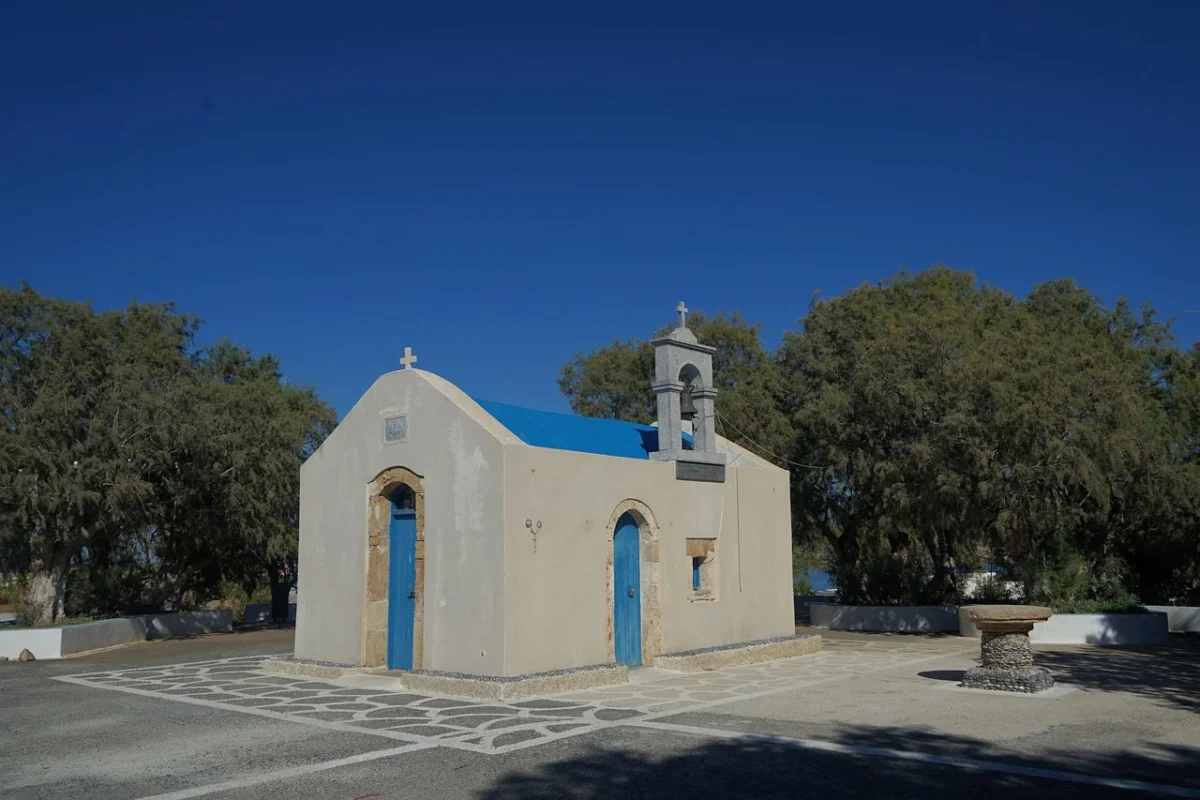
Nestled along the northern coast of Crete, Malia is a town steeped in history, offering a journey through time from its ancient Minoan roots to its contemporary allure. Known today for its vibrant tourist scene, Malia’s past is a captivating blend of cultural and historical milestones. Let’s explore the evolution of Malia from the Minoan civilization to the present day.
Minoan Origins
Malia’s story begins with the Minoans, one of Europe’s earliest advanced civilizations. Around 1900 BCE, the Minoans established a prominent settlement here, marked by the construction of the grand Minoan Palace of Malia. Discovered in the early 20th century, this palace is one of Crete’s largest and most significant Minoan sites, rivaling those at Knossos and Phaistos.
The palace complex reveals a sophisticated society, with residential quarters, administrative buildings, and vast storage areas. Intricate frescoes and artifacts such as pottery, tools, and jewelry offer a glimpse into Minoan life, highlighting their architectural prowess and extensive trade networks. The central court, grand staircases, and large storage rooms exemplify the Minoans’ advanced engineering and societal organization.
Classical and Hellenistic Eras
After the decline of the Minoan civilization around 1450 BCE, Malia remained a vital urban center through the Classical and Hellenistic periods. Influenced by successive Greek and Roman cultures, the town saw the construction of new residential buildings and public structures. Artifacts from these eras reflect a fusion of local and external influences, showcasing Malia’s enduring significance.
Byzantine and Venetian Influences
During the Byzantine era, Malia became part of the Eastern Roman Empire, leading to the construction of churches and fortifications. The town grew as a religious hub, with new architectural developments. The Venetians, who ruled Crete from the 13th to the 17th century, further fortified Malia with defensive structures to guard against pirate raids and Ottoman invasions. These remnants of Venetian architecture add another layer to Malia’s rich historical tapestry.
Ottoman Period
The late 17th century saw Crete fall under Ottoman rule, bringing significant cultural and administrative changes to Malia. The Ottomans introduced new architectural styles and practices, many of which still influence the town’s layout and older buildings. This period added yet another dimension to Malia’s diverse historical landscape.
Modern-Day Malia
Today, Malia is a thriving tourist destination known for its stunning beaches, lively nightlife, and deep historical roots. The Minoan Palace of Malia remains a key attraction, drawing history enthusiasts eager to explore the ruins of one of Europe’s oldest civilizations. The archaeological site offers a tangible connection to Malia’s ancient past, making it a must-visit for any traveler.
In addition to its ancient attractions, Malia’s old village provides a charming glimpse into traditional Cretan life. Narrow streets, whitewashed houses, and quaint tavernas offer a taste of local culture and cuisine. The town also caters to modern tourists with a range of accommodations, from luxury resorts to budget-friendly options, ensuring a comfortable stay for all visitors.
Conclusion
Malia’s rich history, spanning from its Minoan origins to its current status as a popular tourist hotspot, makes it a fascinating destination. Whether you’re delving into ancient ruins, wandering through the picturesque old village, or enjoying the vibrant modern atmosphere, Malia offers a unique and enriching journey through time. Its blend of historical significance and contemporary charm promises an unforgettable experience for every visitor.





